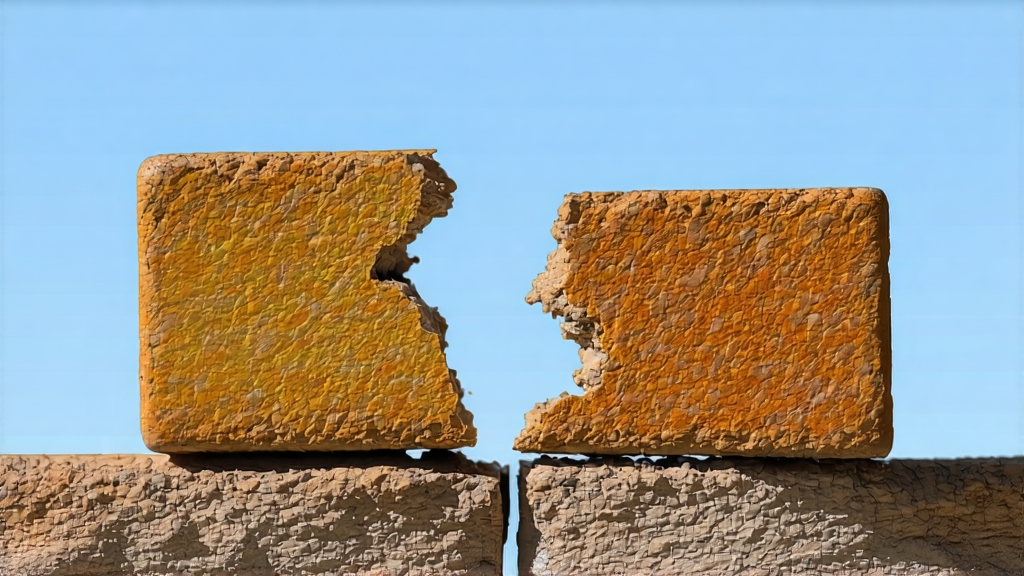
Few teas can claim to have been currency, medicine, and diplomatic gift all at once, yet Fu brick—pronounced “foo” and often written Fuzhuan—has played each role since the Ming dynasty. Compressed into glossy black rectangles that weigh exactly one kilogram, this sub-category of Chinese dark tea (hei cha) ferments not only with microbes borrowed from the air but with a single filamentous fungus that paints its core a brilliant gold. International drinkers who meet it for the first time are startled: a tea that literally blossoms. Here is the complete story, from Tang-dynasty horse caravans to the modern glass gaiwan, and how to unlock its mellow, dried-jujube sweetness in your own kitchen.
-
Historical footprints along the Hexi Corridor
Tea travelling west from Hunan and Shaanxi had to cross the 1 000-km Hexi Corridor, a desert throat where altitude and aridity sucked moisture from every leaf. Around 1368 CE, merchants discovered that the only way to keep tea intact—and to reduce bulk for the 3 000-km journey to Tibet, Mongolia, and Kazakhstan—was to steam, compress, and wrap it in bamboo. The bricks were bartered for horses; one standard “fu” (府) brick equalled one warhorse. Imperial inspectors soon stamped each brick with the Chinese character fu, giving the tea its name and a government monopoly. Caravans departing Xi’an carried up to 5 000 bricks, their camels moving at the rhythm of tea rather than silk. -
Terroir: two provinces, one leaf
Although Fu brick is historically linked to Shaanxi’s Jingyang county, 95 % of today’s production uses Hunan’s large-leaf cultivar Yun-da 10. The reason is chemistry: the cultivar’s polyphenol count (above 28 %) provides enough substrate for the fungus Eurotium cristatum to fluorish without turning the tea musty. Leaves are picked in late April, when three leaves and a bud stretch 8–9 cm, longer than most green-tea standards. After a 6-hour wither under 28 °C sun, the leaf loses 15 % moisture and develops a faint cucumber note that will later mutate into cocoa. -
Crafting a living brick
Fu brick is the only dark tea that relies on a two-stage fermentation separated by a 20-day “flowering” (fa hua) phase. The choreography looks like this:
a. Fixing & rolling
A 200 °C drum roaster kills green enzymes in 90 seconds; the leaf is then rolled for 40 minutes under 50 kg pressure to rupture 70 % of cell walls without breaking the surface.
b. Piling
The damp leaf is heaped 1 m high inside a steamed room kept at 28 °C and 85 % RH. Thermophilic bacteria (Bacillus subtilis) raise the pile to 55 °C within 24 h; every 12 h the pile is turned to oxygenate, a ritual repeated for seven days until the leaf colour shifts from army green to dark umber and a soy-sauce aroma appears.
c. Compression & flowering
Tea is steamed for 5 seconds, stuffed into pine moulds, and pressed at 50 MPa—enough to make the brick dent a wooden table. The bricks are then stacked inside a 35 °C “fa hua room” whose walls are sprayed with aged Fu-brick liquor to seed Eurotium spores. Over the next 20 days the fungus colonises the interior, excreting enzymes that convert flavonoids into aglycones and starch into glucose. The result is a constellation of golden spots called “golden flowers” (jin hua); a premium brick carries more than 50 000 colonies per gram.
d. Drying & resting
Bricks spend one week in a 45 °C dehumidifying tunnel until moisture drops to 9 %. They are then wrapped in cotton paper and left to stabilise for three months, during which volatile pyrazines mellow and a cedar note emerges.
- Grades and appearances
Fu brick is graded not by leaf size but by flower density and brick hardness. Extra-grade (te gong) must show ≥ 95 % golden coverage when snapped in half and produce a clean “click” when dropped from 10 cm. First grade shows 70 % flowers and tolerates a dull thud.